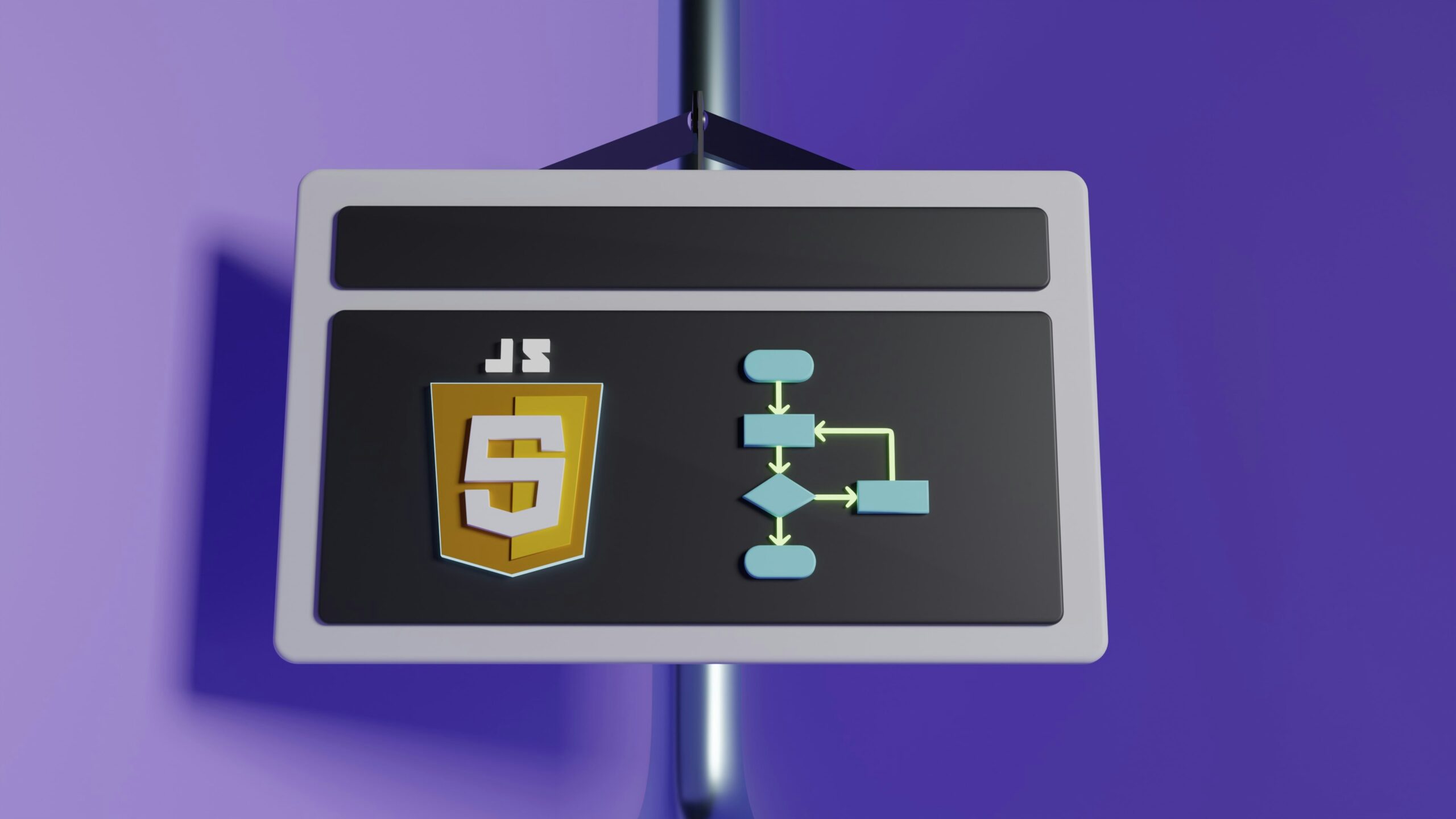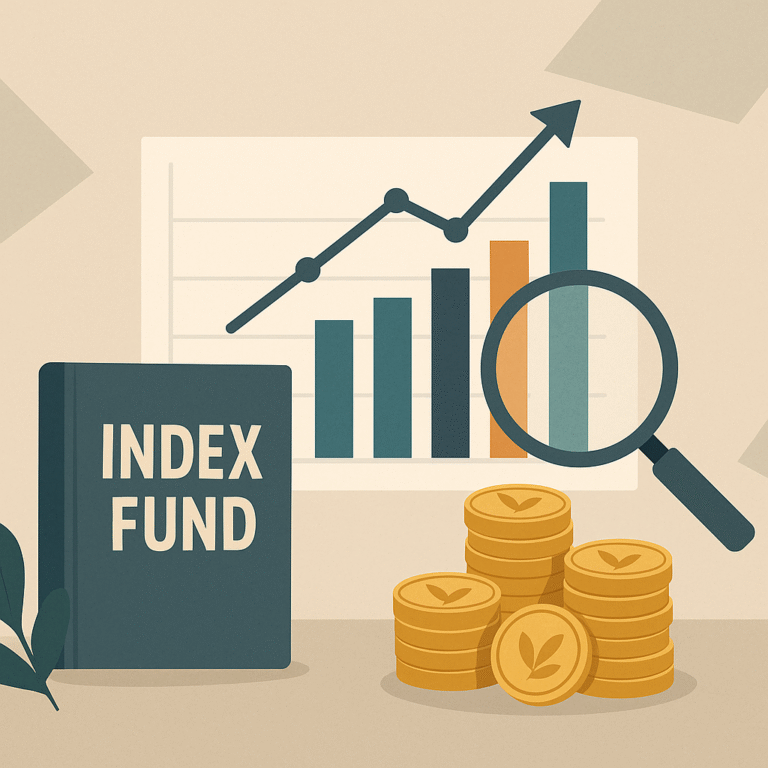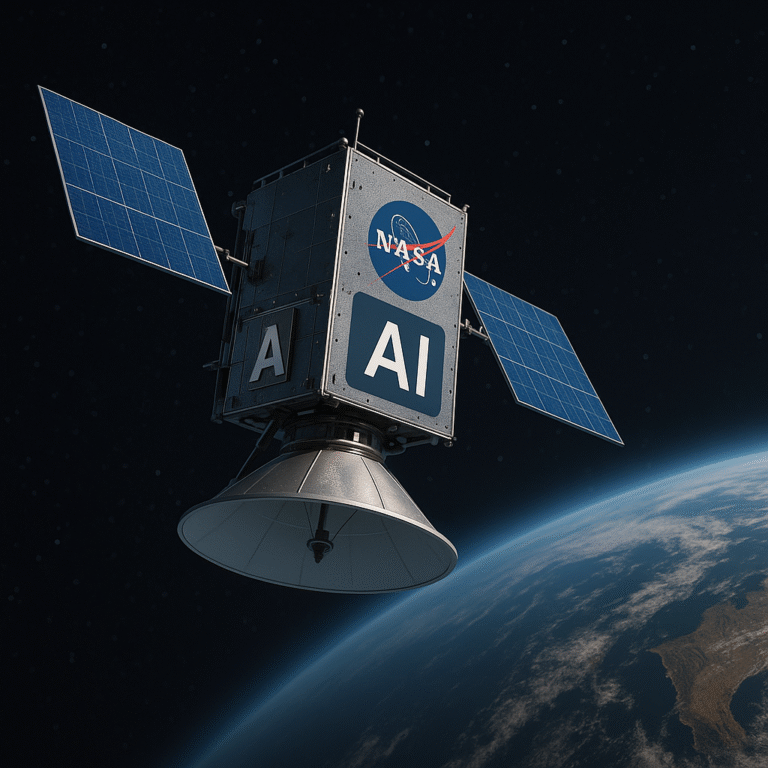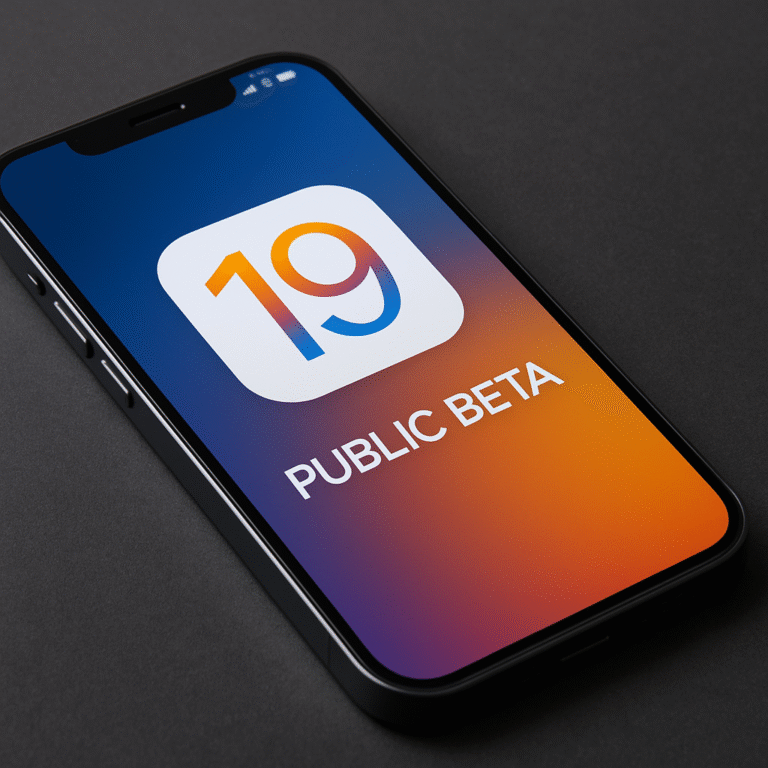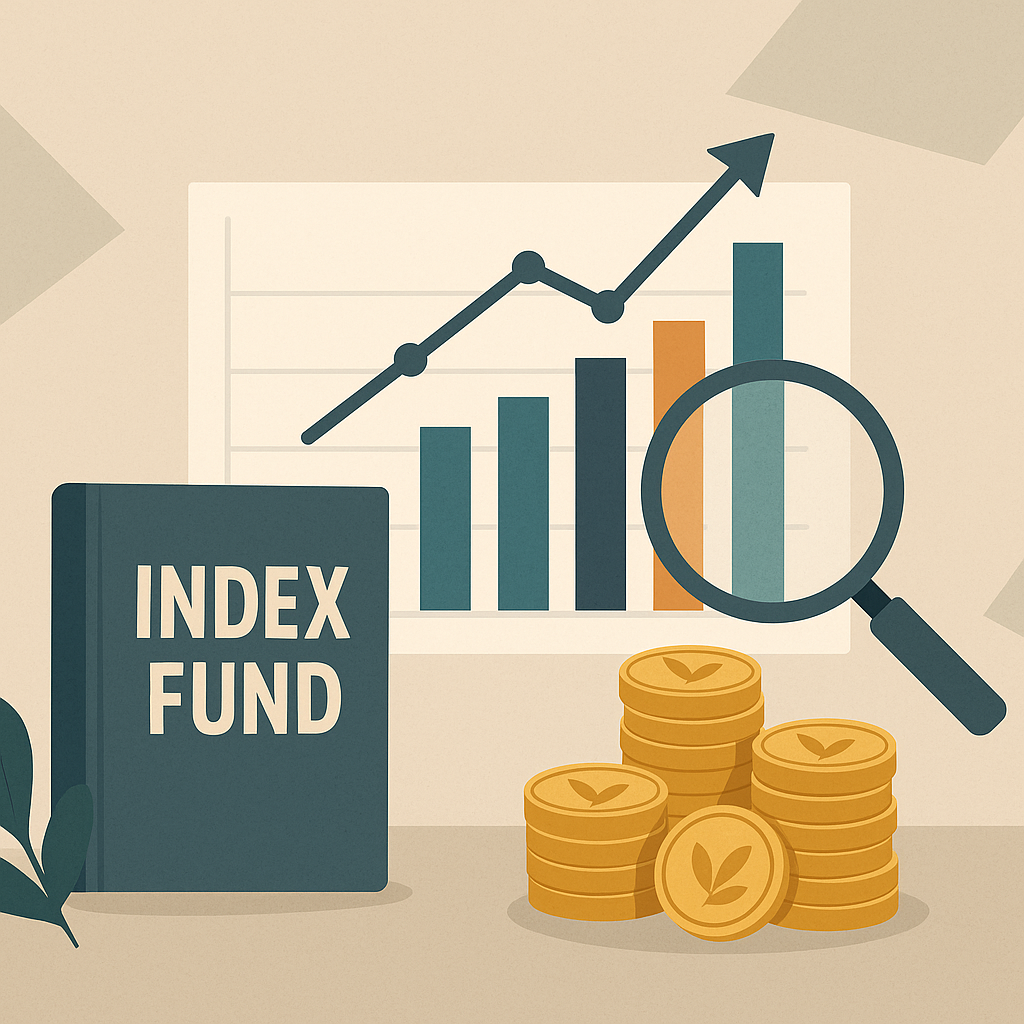When you open a website or app, you instantly see buttons, images, and menus, but behind the scenes, there’s an entire system at work to make it all function smoothly. This is where frontend development and backend development come in. These two pillars of web development power every digital experience, but they focus on very different things.
In simple terms, frontend development handles everything you can see and interact with the design, layout, and user interface, while backend development manages the behind‑the‑scenes processes like databases, servers, and application logic.
Understanding the difference between frontend and backend development is essential whether you’re an aspiring developer, a business owner looking to build a website, or simply curious about how the web works. In this guide, we’ll break down what each side does, the tools they use, and why both are crucial for creating modern websites and apps.
What Is Frontend Development?
Frontend development refers to the client-side of a website or application, everything a user sees and interacts with directly. From the color scheme and typography to buttons, images, and navigation menus, the frontend shapes the overall user experience (UX) and user interface (UI).
Frontend developers focus on turning design concepts into functional, interactive web pages. They work closely with designers to ensure that layouts look great on all devices and browsers, often using responsive design techniques to create seamless experiences across desktops, tablets, and smartphones.
Key Responsibilities of Frontend Developers:
-
Building website layouts and interfaces using HTML, CSS, and JavaScript
-
Ensuring websites are responsive and mobile-friendly
-
Optimizing performance for faster load times
-
Implementing accessibility best practices for inclusive design
-
Collaborating with backend developers to integrate APIs and data
Common Frontend Technologies:
-
HTML (HyperText Markup Language): The structure of the web page
-
CSS (Cascading Style Sheets): The styling and visual presentation
-
JavaScript: Adds interactivity, animations, and dynamic content
-
Frameworks & Libraries: Popular tools like React, Vue.js, and Angular that speed up development and enhance functionality
In short, frontend development is all about crafting what users see and experience. It’s the creative, visual layer of the web, the part that makes people stay, explore, and engage.
What Is Backend Development?
If the frontend is everything you see on a website, the backend is everything you don’t see — but can’t live without. Backend development refers to the server-side of websites and applications, where data is processed, stored, and managed. It’s what powers the frontend, making features like logins, payments, and search functionality work.
When you submit a form, log in to your account, or complete a purchase online, it’s the backend that handles those requests, talks to the database, and sends the right information back to the frontend.
Key Responsibilities of Backend Developers:
-
Building and maintaining servers and databases
-
Writing application logic that powers website functionality
-
Creating and managing APIs (Application Programming Interfaces) for frontend integration
-
Ensuring data security, scalability, and performance
-
Debugging and optimizing backend processes
Common Backend Technologies:
-
Programming Languages: Node.js (JavaScript), Python, PHP, Ruby, Java, Go
-
Databases: MySQL, PostgreSQL, MongoDB, Oracle
-
Frameworks: Express.js, Django, Laravel, Spring Boot
-
Servers & Tools: Nginx, Apache, Docker, cloud platforms like AWS or Azure
In simple terms, the backend acts as the “brain” of a website or app — processing user requests, storing information, and delivering the right data to the frontend. Without it, even the most beautiful interface wouldn’t be able to function.
Major Differences Between Frontend and Backend Development
While frontend and backend development work hand in hand to create a website or app, they focus on very different tasks. The frontend is what users see and interact with, while the backend powers the invisible processes that make everything function smoothly.
Here’s a breakdown of the key differences:
1. Focus and Purpose
-
Frontend: Focuses on user experience (UX) and user interface (UI) design and building what users see.
-
Backend: Focuses on server logic, database management, and the behind-the-scenes systems that support the frontend.
2. Technologies Used
-
Frontend: HTML, CSS, JavaScript, and frameworks like React, Vue, or Angular.
-
Backend: Languages like Node.js, Python, PHP, or Java, plus databases such as MySQL or MongoDB.
3. Visibility
-
Frontend: Everything is visible to the end-user — layouts, menus, buttons, and forms.
-
Backend: Hidden from the user — handles data processing, security, and server requests.
4. Responsibilities
-
Frontend developers: Create designs, ensure responsiveness, and enhance interactivity.
-
ckend developers: Build APIs, manage databases, and ensure data flows correctly.
Aspect Frontend Development Backend Development Side Client-side Server-side Primary Role User interface & experience Data processing & functionality Core Languages HTML, CSS, JavaScript Python, PHP, Node.js, Java, Ruby Visibility Visible to users Hidden from users Examples Buttons, menus, forms, animations User authentication, database queries, APIs
How Frontend and Backend Work Together?
While frontend and backend development serve very different purposes, they’re two halves of the same whole, and neither can function effectively without the other. Every time you interact with a website or app, there’s a seamless exchange happening between what you see on the screen and what’s happening on the server.
The Workflow Explained:
-
User Action on the Frontend: You click a button, fill out a form, or log in to your account.
-
Frontend Sends a Request: The browser communicates with the backend through APIs or HTTP requests.
-
Backend Processes the Request: The server runs the necessary logic, retrieves or stores data in the database, and applies security checks.
-
Backend Sends a Response: Once the data is ready, the backend sends it back to the frontend.
-
Frontend Updates the UI: The user sees an updated page, confirmation message, or new content instantly.
Example: Logging Into a Website
-
Frontend: You type your username and password into a login form.
-
Backend: The server verifies those credentials against the database.
-
Frontend: If correct, the UI updates to show you’re logged in; if incorrect, an error message appears.
This constant back-and-forth is why frontend and backend teams must collaborate closely. The frontend ensures the experience is smooth and intuitive, while the backend ensures the system is secure, fast, and reliable.
Pro Tip: When a developer handles both frontend and backend tasks, they’re called a full-stack developer — bridging the gap between these two critical layers.
Career Paths & Skills for Each
Both frontend and backend development offer rewarding career opportunities — but they require different skill sets, tools, and mindsets. Whether you prefer crafting beautiful interfaces or solving complex server-side problems, there’s a path for you in the tech world.
Frontend Development Career Path
Skills You’ll Need:
-
HTML, CSS, and JavaScript the foundation of web interfaces
-
Knowledge of frontend frameworks like React, Vue.js, or Angular
-
Understanding of responsive design for mobile-friendly websites
-
Familiarity with UI/UX principles to create user-friendly experiences
-
Basic version control skills (e.g., Git)
Typical Roles:
-
Frontend Developer
-
UI Developer
-
Web Designer (with coding skills)
-
Mobile Frontend Developer
Career Outlook:
Frontend roles are ideal for those who enjoy visual creativity, problem-solving, and improving user experiences. With businesses focusing heavily on design and usability, demand for skilled frontend developers continues to grow.
Backend Development Career Path
Skills You’ll Need:
-
Strong foundation in server-side languages (Python, PHP, Node.js, Java, Ruby)
-
Experience with databases (MySQL, PostgreSQL, MongoDB)
-
Knowledge of APIs and how to connect frontend apps with backend services
-
Understanding of security best practices and server management
-
Ability to work with cloud platforms (AWS, Azure, Google Cloud)
Typical Roles:
-
Backend Developer
-
Database Engineer
-
API Developer
-
Cloud/Server Engineer
Career Outlook:
Backend roles are perfect for those who like logic, systems, and solving technical challenges. As web apps get more complex, backend developers are in high demand to keep systems secure, scalable, and efficient.
Full-Stack Development: Bridging Both Worlds
For those who want the best of both worlds, there’s full-stack development, a career path that covers both frontend and backend skills. Full-stack developers are highly sought after because they can handle entire projects, from designing the interface to managing the server.
Conclusion
Frontend and backend development may focus on different sides of web creation, but together they form the backbone of every website and app you use daily. Frontend development shapes what users see, the visuals, the layouts, and the interactions, while backend development powers everything behind the scenes, from databases to servers to application logic.
For anyone interested in a tech career, understanding the difference between frontend and backend development is the first step in choosing the right path. Do you enjoy designing sleek interfaces and creating seamless user experiences? Frontend might be your calling. Prefer solving complex problems, working with servers, and managing data? Backend could be the perfect fit.
And if you’re drawn to both, you might even explore full‑stack development, mastering both sides to become a versatile, highly sought‑after developer.

